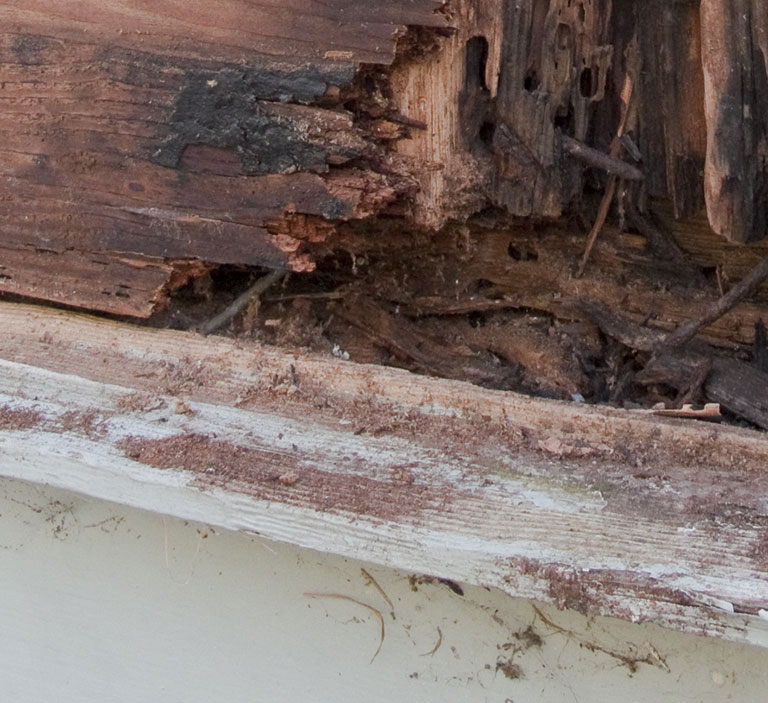Termites, often dubbed the silent destroyers, can wreak havoc on homes and structures, usually without any warning. Theyre not just pesky insects; theyre a serious threat that can undermine the very foundation of your living space.
Tackling a termite infestation requires more than just a quick-fix solution or a flick of a magic wand. Instead, it demands a thorough understanding of these relentless pests and a series of well-planned steps to effectively manage and eliminate them.
In this guide, we will delve into the essential strategies for termite control—each step a vital piece of the puzzle. From early detection to preventive measures, we’ll explore the practical work involved in safeguarding your home from these destructive invaders.
Prepare to roll up your sleeves and arm yourself with knowledge; effective termite control is within reach, but it won’t happen without a dedicated effort.
Understanding Termites: The Enemy Within

Termites, often called the silent destroyers, inhabit a hidden world that thrives beneath our feet and within our walls. These tiny insects, while seemingly innocuous, wield the power to unleash havoc in our homes, feasting on cellulose found in wood, paper, and even cardboard.
What makes them particularly alarming is their ability to work undetected for years, carving out intricate tunnels and colonies that can compromise the structural integrity of buildings. Understanding their behaviors, such as their relentless foraging habits and social structures, is crucial to combating their destructive tendencies.
From the subterranean termites that dwell in the ground to the dry wood species that make their homes in wooden structures, recognizing these enemies within is the first step in safeguarding your property.
Proper Identification: Spotting the Signs of Infestation

Identifying a termite infestation can often feel like searching for a needle in a haystack, but there are telltale signs that can help homeowners uncover these hidden invaders. Begin your investigation by inspecting areas where wood meets the soil – a prime location for termites.
Look for mud tubes, which resemble tiny tunnels made from soil and wood, extending from the ground to the structure. These sneaky architects use them to travel between their nest and food sources. Another warning sign is the presence of frass, or termite droppings, which can appear as tiny wood-colored pellets near potential nesting sites.
Listen closely; the faint sound of chewing, reminiscent of rustling leaves, may betray their secretive munching within your walls. Furthermore, if you notice a hollow sound when tapping on wooden structures, it could signal that the termites have already made themselves at home.
Being vigilant and knowledgeable about these indicators is the first step in the arduous journey towards effective termite control.
Assessing the Damage: A Thorough Inspection
Assessing the damage caused by termites requires a meticulous and systematic approach. Begin by examining wood structures, both inside and outside the home, paying particular attention to high-risk areas like crawl spaces, attics, and basements.
Look for signs of infestation: hollowed-out wood, frass resembling sawdust, or mud tubes that indicate the presence of these voracious pests. Dont overlook less obvious indicators; a faint sound of munching or the sight of discarded wings can reveal their hidden activity.
Utilize a flashlight to illuminate dark corners and crevices, ensuring no stone is left unturned. Document your findings in detail—this will be invaluable not only for your understanding but also for any professional evaluation that may follow.
The more thorough the inspection, the better equipped you will be to tackle the inevitable task of remediation.
Conclusion

In conclusion, effective termite control is not an elusive magic trick, but rather a systematic approach that requires dedication and thoroughness. By understanding the behavior of termites and implementing preventative measures, as well as timely interventions when infestations occur, homeowners can protect their properties from significant damage. Consistent monitoring and professional assistance, if necessary, are crucial steps in maintaining a termite-free environment.
With diligence and informed action, safeguarding your home against these destructive pests is entirely achievable. Remember, it’s all about commitment and hard work to achieve successful results.




